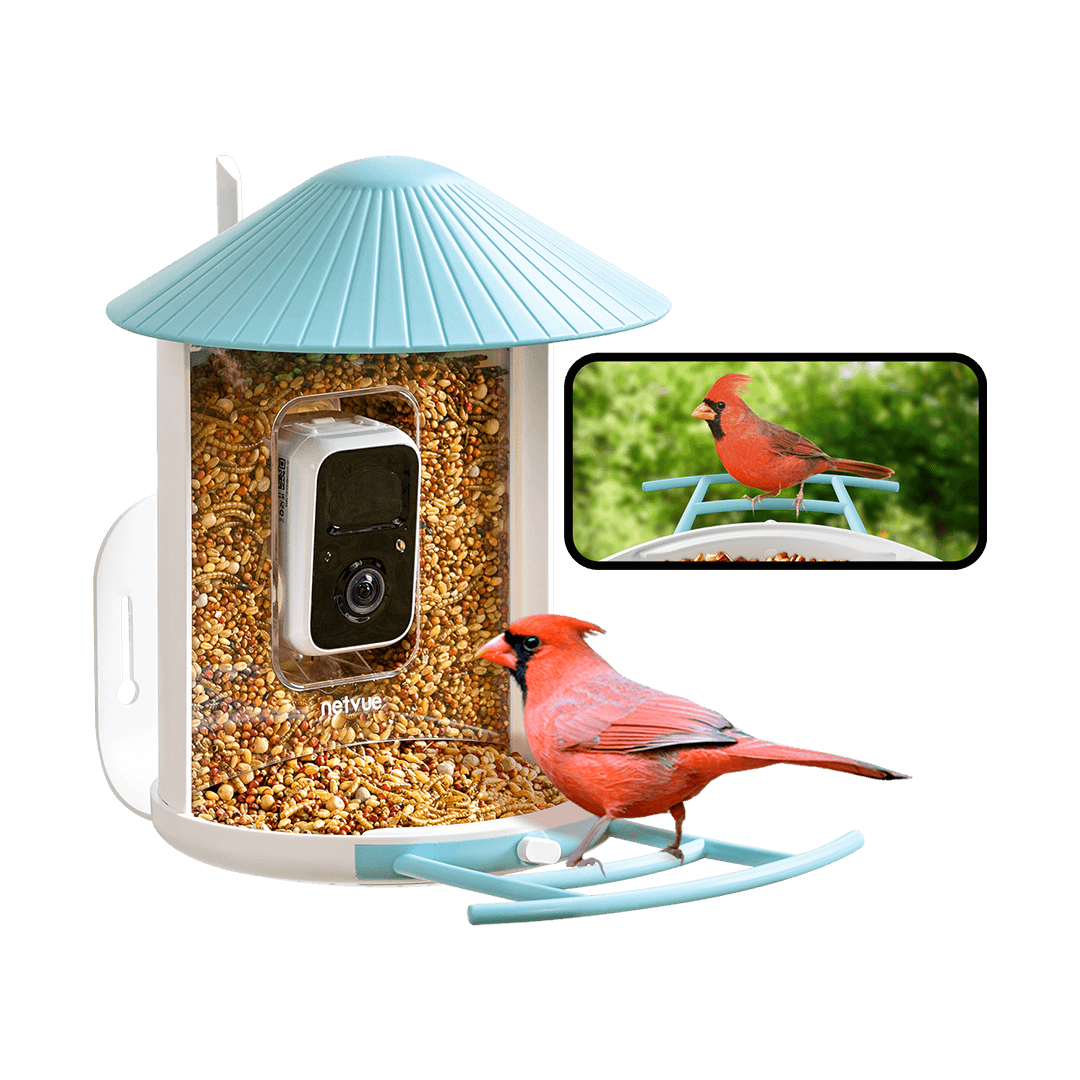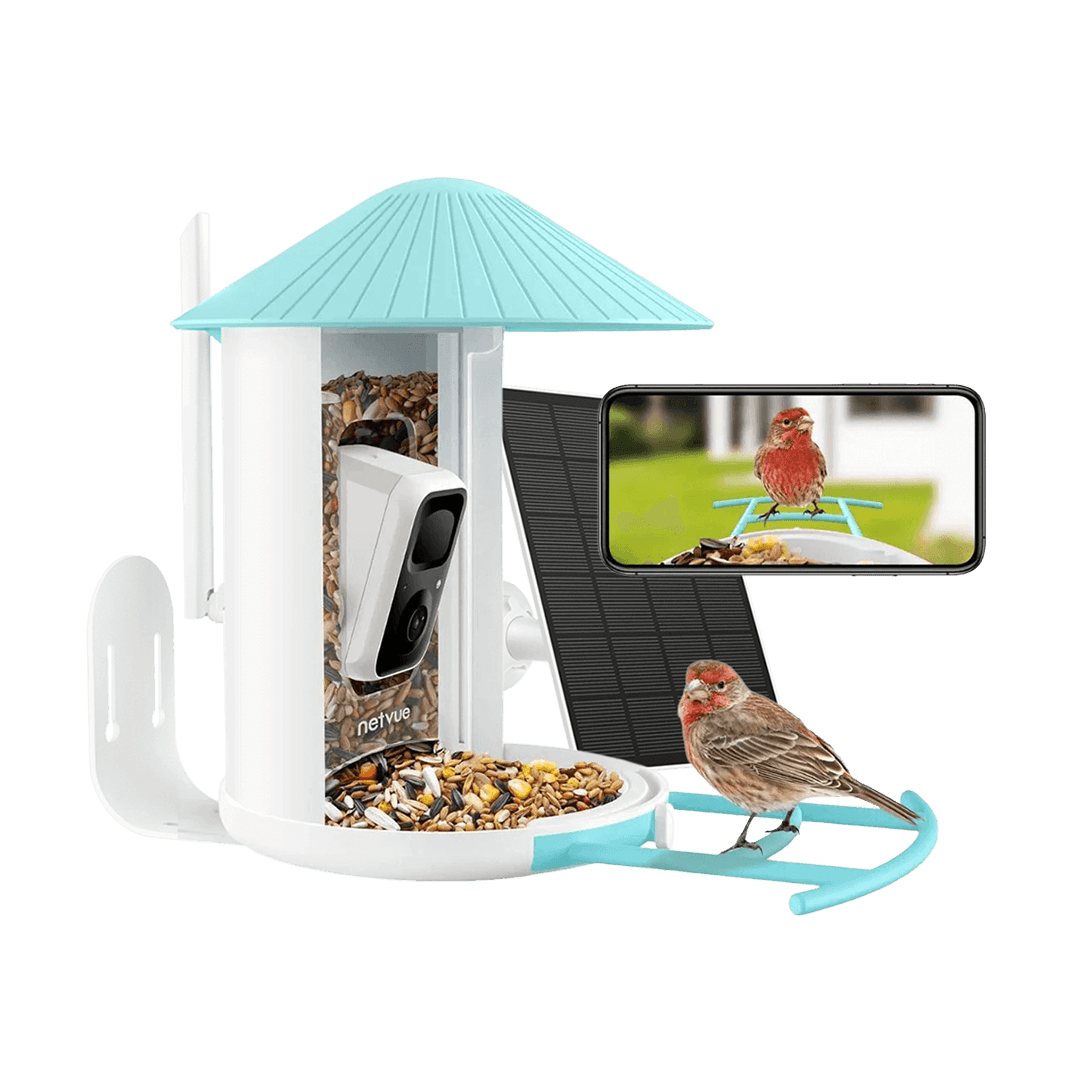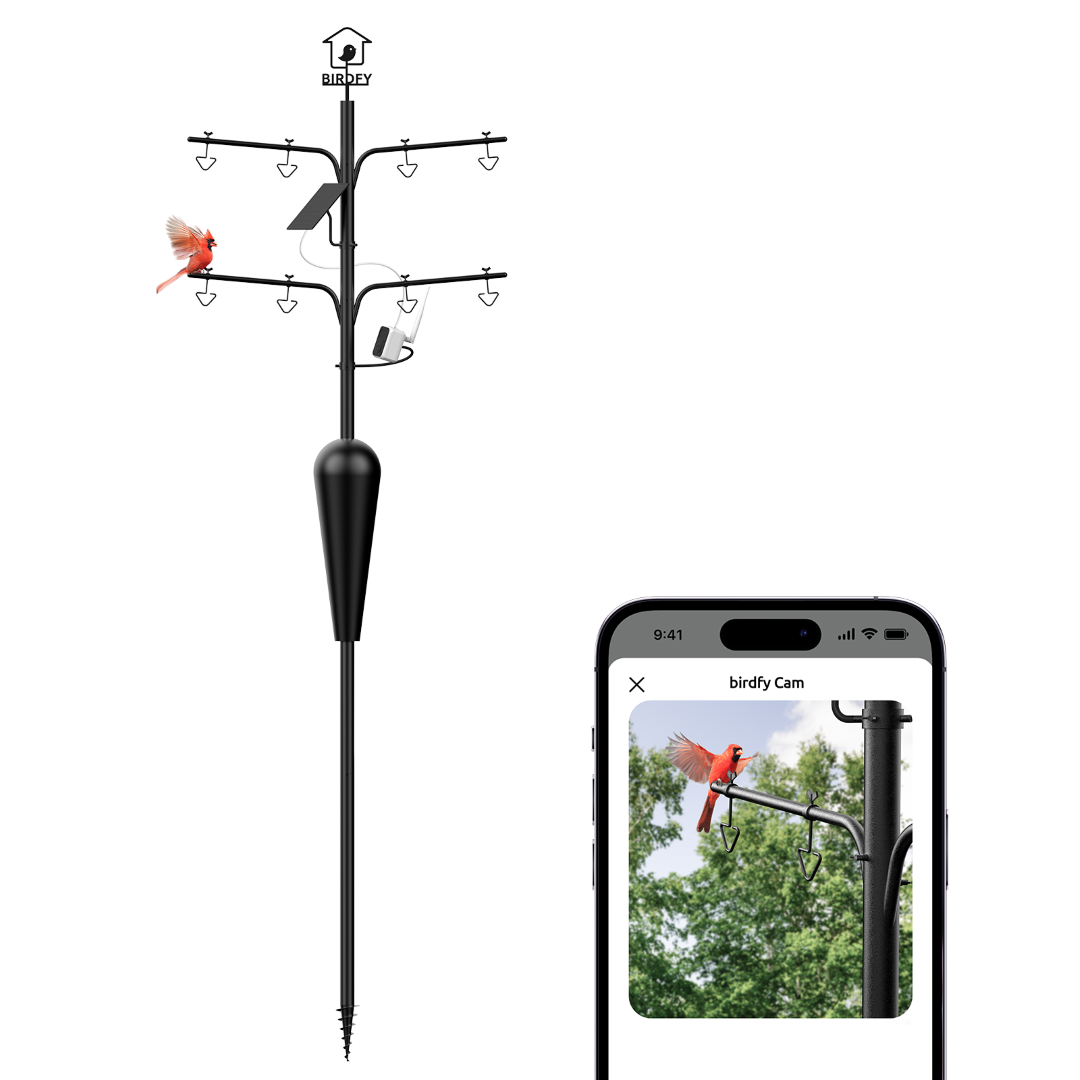Birds of Alabama
Located in the southeastern United States, Alabama is known for its rich history, diverse cultures, and varied landscapes. The state's diverse geography includes the coastal plain along the Gulf of Mexico, the rolling hills of the central region, and the southernmost extension of the Appalachian Mountains in the northeast. Alabama is home to a rich diversity of bird species, and its varied habitats provide shelter for a wide variety of birds. While the exact number of bird species in Alabama varies depending on factors such as seasonality and habitat changes, it is estimated that more than 400 bird species have been recorded within the state. Birding enthusiasts in Alabama can observe both common and rare birds in the state's diverse landscapes.
Northern Cardinal
Male Northern Cardinals are known for their bright red plumage, head feathers, and black mask that extends from the eyes to the throat. Females have lower-toned brownish-red plumage with red accents on the wings, feathers and tail. Both males and females have distinctive tapered bills and long tails. Northern Cardinals are primarily seed eaters, feeding on a variety of seeds, grains and fruits. They forage on the ground or in low vegetation, cracking open seeds with their strong beaks.
Northern Cardinals are found throughout most of North America, from southern Canada to Mexico and Central America. They roost year-round throughout their range, providing year-round enjoyment for birdwatchers. Northern Cardinals inhabit a variety of habitats including woodlands, forests, thickets, brush, parks and suburban gardens. They are highly adaptable and thrive in both rural and urban environments with the right food and shelter.


American Goldfinch
During the breeding season, American Goldfinches are easily recognized by their bright yellow plumage, black wings, white wing bars, and black caps. In the winter, their plumage becomes dull and the males lose their bright yellow color. Females and immatures have more subdued yellow-green plumage year-round. American goldfinches are found throughout most of North America, from southern Canada to northern Mexico. They are common inhabitants of open habitats such as fields, meadows, orchards, and suburban areas.
American goldfinches prefer open habitats that are rich in vegetation, especially areas where thistles, sunflowers, and other seed plants grow. They are often found in overgrown fields, roadsides, and backyard gardens, feeding on seeds and other plant material. American Goldfinches are highly social birds that often flock, especially during the non-breeding season. They are primarily seed eaters, feeding on a variety of seeds from plants such as thistles, sunflowers, and dandelions. They also eat insects and occasionally patronize bird feeders, especially those offering nettle or sunflower seeds.



Eastern Bluebird
Eastern Bluebirds are easily recognized by their stunning blue feathers on the head, back, wings and tail. The male's blue is usually more vibrant, while the female's gray-blue hue is more subdued. Both male and female birds have rusty orange breasts and white bellies. They have relatively elongated bodies with rounded heads, short tails, and thin bills. Eastern Bluebirds are social birds that often gather in small flocks outside of the breeding season. They are primarily insectivorous, feeding on a variety of insects including beetles, caterpillars, grasshoppers, and spiders. They also eat berries and fruits, especially during the winter months when insects are scarce.
Eastern bluebirds are found in eastern North America, from southern Canada to Mexico and Central America. They roost year-round in the southern part of their range and migrate southward to winter in the northern part of their range. Eastern bluebirds inhabit a variety of open habitats with scattered trees, including grasslands, meadows, pastures, and orchards. They are also common in suburban areas, parks, and golf courses where suitable nesting sites are available.

Summer Tanager
Male Summer Tanagers are known for their brilliant red plumage, which is uniform throughout the body including the head, back, wings and tail. Females, on the other hand, are yellowish-green or olive-colored, with a slightly paler underparts. Both males and females have thick, conical beaks and relatively short tails.Summer Tanagers are primarily insectivorous, feeding on a variety of insects including beetles, grasshoppers, caterpillars, and bees. They catch insects in flight or pick them up from leaves with their sharp beaks. They also eat fruit, especially during the winter months when there are fewer insects.
Summer Tanagers have a wide range, extending from the southern United States to Central and northern South America. They are migratory birds, and populations that breed in the southern United States and northern Mexico migrate to Central and South America for the winter.Summer Tanagers inhabit a variety of woodlands, including deciduous and mixed forests, forest edges, riparian corridors, and suburban woodlands.


Ruby-throated hummingbird
Adult male Ruby-throated Hummingbirds are characterized by colorful green feathers on the back and head and a bright ruby spot on the throat, which gives them their name. Females and juveniles do not have the ruby-colored patch on the throat, and have a lighter green back and white underparts. Both females and males have elongated bills and fast-flapping wings that allow them to hover and maneuver with amazing agility. Ruby-throated hummingbirds breed throughout much of eastern North America, from southern Canada to the U.S. Gulf Coast. They migrate to Central America and parts of Mexico for the winter, crossing the Gulf of Mexico on their migration.
Ruby-throated hummingbirds inhabit a variety of habitats, including forests, woodlands, grasslands, and gardens. They usually inhabit nectar-rich areas such as flowers and trees, and use insects as a source of protein. Ruby-throated hummingbirds are energetic and voracious for nectar. They hover near flowers to feed and use their long beaks to extract nectar from flowers. They also catch insects in mid-air or pluck them from leaves and spider webs.


Indigo Bunting
Adult male Indigo Buntings are known for their brilliant blue plumage, which is most vibrant during the breeding season. Females and juveniles, on the other hand, have more understated brownish plumage with a faint blue coloration on the wings and tail. Both male and female buntings have relatively long pointed beaks and short, rounded tails. Indigo buntings breed throughout much of eastern and central North America, from southern Canada to northern Florida and westward to the Great Plains. They migrate to Central and northern South America for the winter, with some populations wintering in southern Florida and the Caribbean.
Indigo buntings inhabit a variety of open habitats with dense shrubs and scrub, including fields, meadows, grasslands, woodland edges, and roadsides. They are often found in areas where food such as seeds, insects and berries are abundant. Indigo buntings feed primarily on seeds, feeding on a variety of seeds from grasses, weeds and shrubs. They search for food by hopping along the ground or perching on vegetation.


Magnolia warbler
Adult Magnolia warblers are easily recognizable by their striking plumage. They have a bright yellow throat and lower body with black stripes, a white belly, and a striking black necklace on the breast. There are white patches on the wings and an olive green back. There is also a distinctive white stripe above the eye. Males and females have similar plumage coloration, but males may have slightly brighter plumage during the breeding season. Magnolia warblers are primarily insectivorous, feeding on a variety of insects and spiders. They forage actively in trees and bushes, often hopping along branches and picking up insects from leaves. They may also catch insects in mid-air during brief flights.
Magnolia warblers breed in the boreal forests of North America, including parts of Canada and the northeastern United States. During the winter, they migrate to the northern parts of Central and South America. During the breeding season, magnolia warblers can be found in dense coniferous or mixed forests, especially in spruce and fir forests. They prefer habitats with dense understory plants and lots of shrubs. They also frequent gardens, parks and wooded areas during migration.


Rose-breasted Grosbeak
Adult male rose-breasted grosbeaks are known for their striking plumage, with a black head, back, and wings, and a bright rose-red patch on the breast and underbelly. They have white patches on their wings and a large, conical bill suitable for cracking seeds. Females and immatures have a more understated appearance with brown and white plumage, not as boldly colored as the males.Rose-breasted Grosbeaks feed primarily on seeds, taking a variety of seeds from trees, shrubs, and grasses. They hop along branches and leaves to feed, cracking open seeds with their strong beaks.
Rose-breasted Grosbeaks breed throughout much of eastern and central North America, from southern Canada to the northern United States and as far south as Central America. They migrate to wintering grounds in Mexico, Central America and northern South America. During the breeding season, Rose-breasted Grosbeak inhabit deciduous and mixed forests, forest edges, and shrublands with ample food sources such as insects, seeds, and fruits. They also often forage in backyards, especially during migration and in winter.


From the coastal plains along the Gulf of Mexico to the rolling hills and southern extensions of the Appalachian Mountains, Alabama offers a habitat for over 400 bird species to thrive. Birdwatching enthusiasts can delight in observing both common and rare species in the state's varied environments, from the iconic Northern Cardinal to the colorful Rose-breasted Grosbeak. Whether in dense forests, open fields, or suburban gardens, Alabama's avian diversity adds beauty and intrigue to its natural heritage, inviting residents and visitors alike to appreciate the wonders of birdlife in the southeastern United States.






